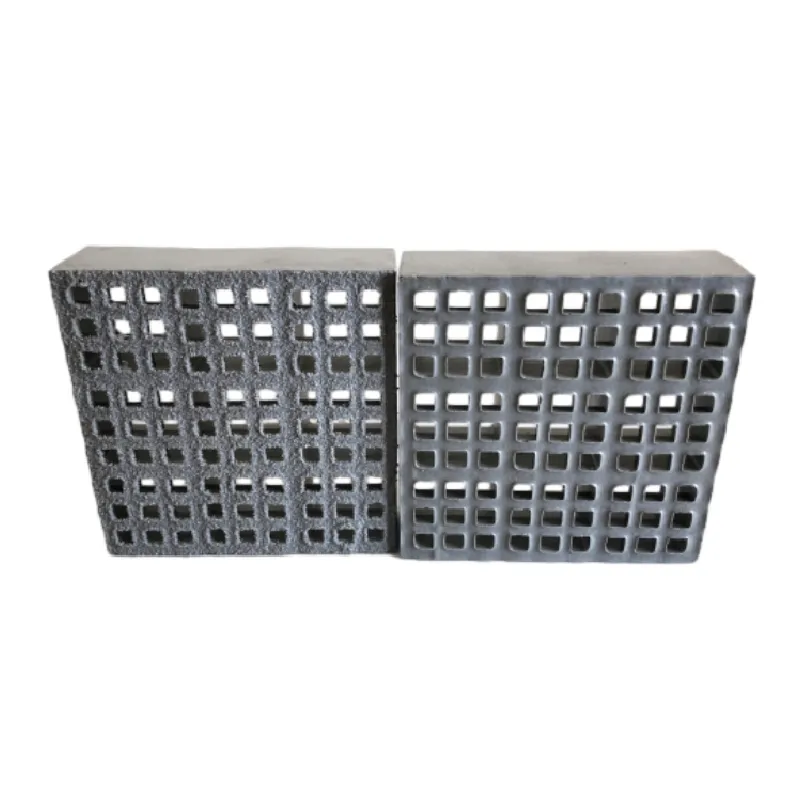loading...
- No. 9, Xingyuan South Street, Dongwaihuan Road, Zaoqiang County, Hengshui, Hebei, China
- admin@zjcomposites.com
- +86 15097380338
- Welcome to visit our website!
fiber reinforced plastic rod
Understanding Fiber Reinforced Plastic Rods A Comprehensive Overview
Fiber Reinforced Plastic (FRP) rods have transformed the landscape of materials engineering and construction. These advanced materials combine the strength of fibers, such as glass, carbon, or aramid, with the versatile properties of plastics, resulting in a robust, lightweight, and corrosion-resistant product. FRP rods are increasingly being utilized in a variety of industries, from civil engineering to aerospace, due to their exceptional performance attributes.
Composition and Manufacturing
At its core, FRP is composed of two primary components the reinforcing fiber and the polymer matrix. The reinforcing fibers provide the mechanical strength and rigidity, while the polymer matrix binds the fibers together and transfers loads among them. The most common types of fibers used are glass and carbon, each contributing different mechanical properties to the final product.
The manufacturing process of FRP rods typically involves techniques such as pultrusion, where continuous fibers are pulled through a resin bath and then cured, or filament winding, which wraps fibers around a rotating mandrel. These processes ensure that the fibers are aligned in a manner that maximizes strength, enhancing the overall durability of the rod.
Advantages of Fiber Reinforced Plastic Rods
FRP rods offer several significant advantages over traditional materials such as steel or concrete.
1. Lightweight One of the most notable features of FRP rods is their low density. This attribute makes them easier to handle, transport, and install, reducing labor costs and installation time.
2. Corrosion Resistance Unlike metals, FRP rods do not rust or corrode. This property is particularly beneficial in applications exposed to harsh environmental conditions, such as marine environments or chemical processing plants.
fiber reinforced plastic rod

3. High Strength-to-Weight Ratio FRP rods possess a remarkable strength-to-weight ratio, making them suitable for applications that require high strength but minimal weight, such as in aerospace and automotive engineering.
4. Thermal and Electrical Insulation FRP materials act as excellent insulators, which opens up new possibilities in electrical applications and environments where thermal insulation is critical.
5. Durability and Longevity With a lifespan that can exceed several decades, FRP rods offer a sustainable solution in applications where traditional materials may succumb to fatigue or environmental degradation more quickly.
Applications
The versatility of FRP rods has led to their adoption in various sectors. In civil engineering, they are frequently utilized for reinforcing concrete structures, bridges, and buildings, providing additional strength while reducing the overall weight. In the aerospace industry, FRP rods can be found in wing structures and fuselage components, capitalizing on their lightweight and strength properties. Furthermore, they are increasingly seen in sports equipment, automotive parts, and even medical devices, highlighting their adaptability across diverse fields.
Challenges and Considerations
Despite their numerous benefits, FRP rods are not without challenges. The initial cost of FRP materials can be higher than traditional materials, which may deter some projects. Additionally, the manufacturing processes can be complex and control processes must be stringent to ensure uniformity in material properties. There is also a learning curve associated with designing and implementing FRP solutions, as engineers may need to become familiar with different design methodologies and standards.
Conclusion
Fiber Reinforced Plastic rods encapsulate the advancements in material science, providing innovative solutions that are not only efficient and effective but also sustainable for the future. As technology continues to evolve, the use of FRP rods is likely to expand, paving the way for new applications and enhanced performance across various industries. Understanding their properties, advantages, and the complexities involved in their use is key to harnessing the full potential of these remarkable materials, ultimately contributing to more resilient, efficient, and sustainable engineering solutions.
-
GRP Structures: The Future of Lightweight, High-Performance EngineeringNewsJun.20,2025
-
FRP Water Tank: High-Performance Storage for Corrosive and Clean Water SystemsNewsJun.20,2025
-
FRP Square Tube: The New Industry Standard for Chemical and Structural ApplicationsNewsJun.20,2025
-
FRP Pultruded Profiles: The Ultimate Choice for Lightweight Structural StrengthNewsJun.20,2025
-
FRP Handrails: The Safer, Smarter, and Stronger Choice for Modern InfrastructureNewsJun.20,2025
-
FRP Grating: The Smart Solution for Durable, Lightweight Industrial FlooringNewsJun.20,2025
-
Why Choose a Galvanized Water Tank for Your Storage NeedsNewsMay.21,2025
